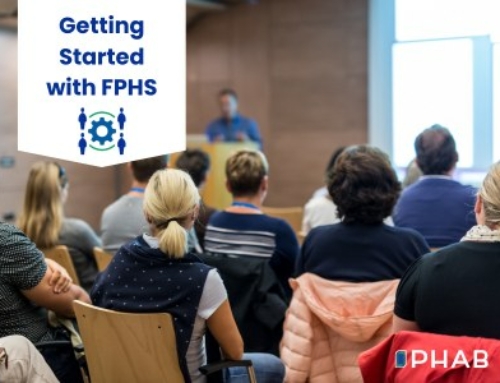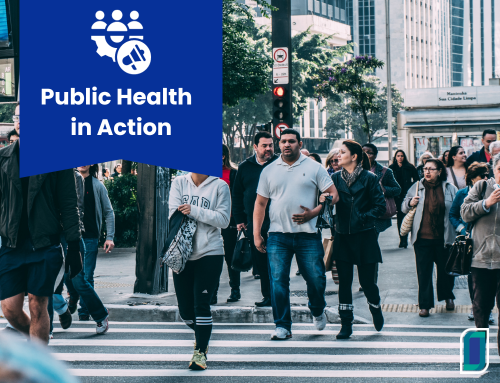Public health transformation requires reimagining and developing a common vision to ensure the mindsets, capacity, resources, and workforce necessary to provide equitable Foundational Public Health Services (FPHS) and 10 Essential Public Health Services (EPHS), to advance health, wellbeing, and equity. It occurs through a fundamental shift in the way a public health system(s) is structured, functions and interacts through continuous quality improvement, innovation, partnerships, community-led efforts, and systems change.
Simply put, it requires sustaining what is working, building on what can be improved, and reimagining what could be so that all people and communities can thrive[i].
Public health transformation is reliant on a public health workforce that looks different than the past – we must do things differently if we want an infrastructure that facilitates improved health outcomes for all. Health departments must implement strategies to address a wide range of workforce development, retention, and recruitment challenges. Members of the 21st Century Learning Community (21C) shared how they are transforming their governmental public health workforce and provided examples of what strategic implementation looks like in their state.
Setting the Stage: Public Health Systems Transformation Requires a Transformed Workforce
While each state and its health departments are unique, some trends have emerged in conversations and practice to attract and retain a workforce that is prepared to meet current and future needs.
- Equitable recruitment practices are necessary to diversify applicants and staff.
- Data-driven tools, such as the FPHS Capacity and Cost Assessment or PHAB Readiness Assessment, should be used to identify priority areas that need additional workforce support.
- Employees value a workforce culture that is flexible, supports healing, and offers opportunities to grow.
- The workforce is made of people who are still experiencing high levels of trauma and burnout from the COVID-19 pandemic, centuries of systemic racism, and longstanding health inequities.
All states are operating within a public health system that has room for improvement; through transformation, states are intentionally and strategically shifting how their public health system operates and serves their community.
Strategies to Transform the Public Health Workforce
Workforce development, retention, and recruitment are all separate yet interrelated workforce areas; as such, it is important to identify specific strategies for each and to explore how they do, or do not, relate to each other. Workforce policies and practices often outlast the workforce that developed them, requiring a forward-thinking approach to prepare for the future public health workforce.
The strategies below are not exhaustive and may cross workforce areas. We encourage health departments to utilize innovation and quality improvement processes, like Lean principles, to develop additional strategies. If your health department has a new strategy to share, please email [email protected].
Workforce Development Strategies
Retention Strategies
Recruitment Strategies
Looking to the Future: A Transformed Public Health System
Implementing these workforce transformation strategies will not be without challenges to overcome. Health department leadership must intentionally shift the culture away from emergency operations. To achieve this culture change, health departments should:
- Prioritize current needs and focus on intentional steps to transform their system (without taking on too much at once).
- Implement knowledge management systems to have a process in place so that health department efforts do not get lost during turnover or transitions.
- Improve communications with the public and policymakers to rebuild trust and better combat politicization and polarization in public health.
- Examine any improvements that can be made to your benefits package to attract the future workforce, decrease competition amongst other local health departments, and create an environment for employees to thrive.
Thank you to the 2023 21C Workforce Affinity Group participants for their contributions to Strategies to Transform the Public Health Workforce.
We will continue to add to the list of workforce transformation strategies and examples. If you or your health department have an example to share, please email Naomi Rich, Program Specialist at [email protected].



